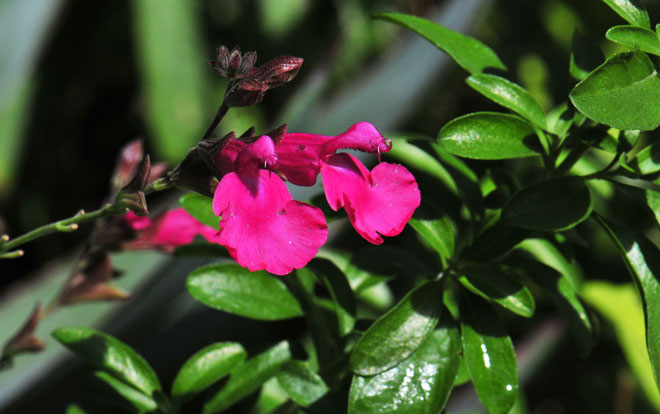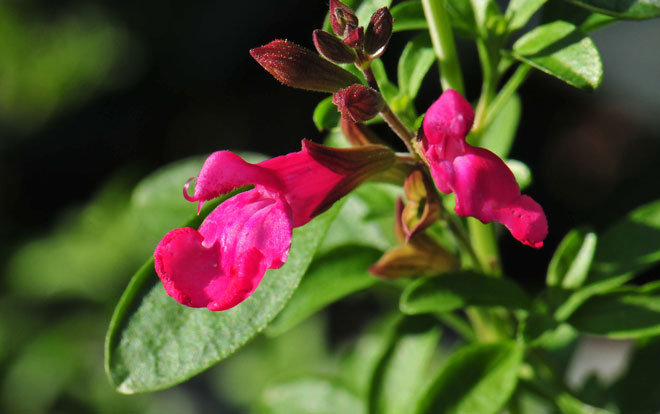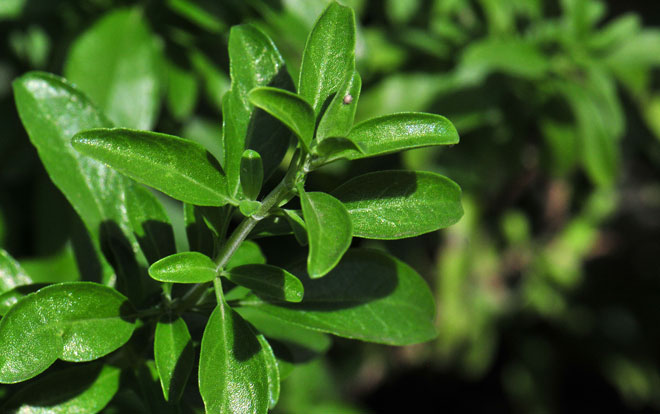Salvia greggii, Autumn Sage



Scientific Name: Salvia greggii
Common Name: Autumn Sage
Also Called: Cherry Sage, Gregg’s Sage, Red Chihuahuan Sage, Texas Red Sage, Texas Sage
Family: Lamiaceae or Mint Family
Synonyms: ()
Status: Native
Duration: Perennial
Size: Up to 3 feet, usually less.
Growth Form: Forb/herb, shrub, subshrub; new growth erect, attractive, older growth is woody, plants may be spreading.
Leaves: Green, glaucous green; opposite, aromatic, leaf shape variable, leaves simple, mostly glabrous, evergreen or semi-evergreen.
Flower Color: Red or variable; flowers on stem terminal
Flowering Season: March through November in Texas.
Elevation: 5,000 to 9,000 feet.
Habitat Preferences: Prefers alkaline and rocky soils with good drainage.
Recorded Range: Rare in the United States where it is native to central and west Texas. This species is also native to northern Mexico.
North America & US County Distribution Map for Salvia greggii.
U.S. Weed Information: No information available.
Invasive/Noxious Weed Information: No information available.
Wetland Indicator: No information available.
Threatened/Endangered Information: No information available.
Comments: Salvia greggii is native to a narrow range in Texas and to northern Mexico in the Chihuahuan Desert. With its beautiful flowers and drought-tolerance it is and a popular landscape plant now with many named cultivars. As a result of its wide-ranging horticultural use it is showing up "wild" in several western states. It's bright red flowers are attractive and regularly visited by hummingbirds.
The species name "greggii" was named and described in 1870 by botanist Asa Gray in honor of Josiah Gregg, American Botanist (1806-1850).
Also see in Southwest Desert Flora; Chia, Salvia columbariae, and Sawtooth Sage, Salvia subincisa.

